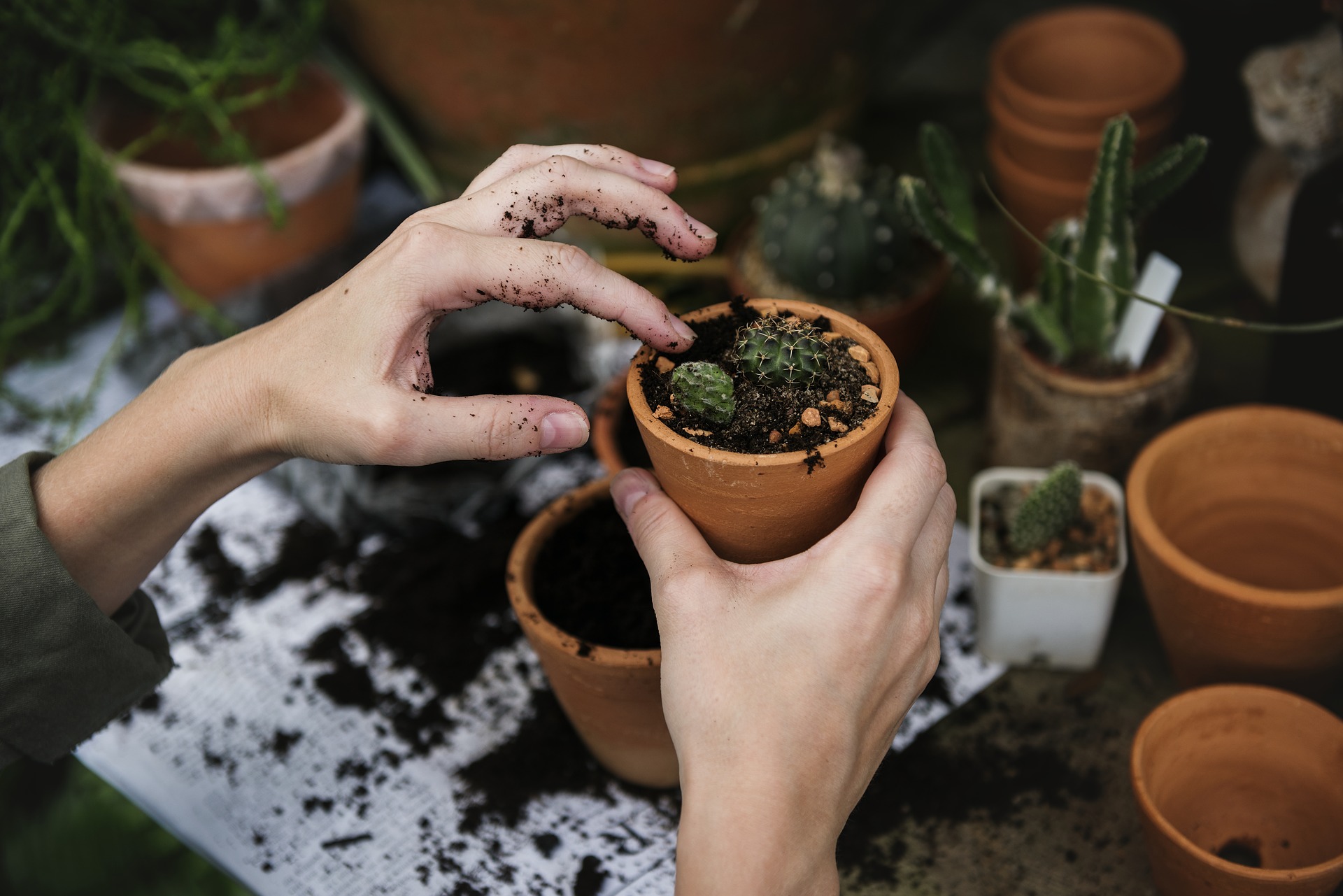The balance: Herbs versus modern, western medicine in field first aid
/I lay out the things once more - gauze, tape, band aids, iodine, scissors, a triangle scarf, something for burns, something to ease breathing, something to calm rattled nerves, something to ease pain, a healing salve...
How many times have I put together a first aid kit? I've lost track even of the types of kits I've put together.
It probably started when I was a kid and I viewed toothpaste, duct tape and a pocket knife as "first aid." The toothpaste was for tree resin removal and cooling of insect bites, not for teeth.
Then as a young adult I packed a first aid kit in my big trek pack for trips to Ecuador, Kazakhstan, Nepal or Kosovo.
Image via Pixabay
In those days, I got prescription antibiotics and pain killers for emergencies. I never used them, except once the antibiotics in some remote Mexican mountains.
But I did bandage a lot of cuts, disinfect many wounds, wash dirt out of scrapes and sooth a lot of distress in my time.
Some will sneer. A lot of things were beyond my skills and my kit. But the woman with infected cuts on her hands in rural Bangladesh, who had never seen a doctor, cried and hugged me when I cleaned and bandaged her wounds. Even if that were the only time, it would have been worth it.
I also doctored myself plenty. Once in the Amazon, I cut my foot on a steel grate and it bled so profusely that my local friends took me to the local hospital, which turned out to be a filthy, concrete shed, crowded with infectious disease. I opted for my own kit and bandaged it myself. I managed not to get that cut infected either, no small thing in the rain forest.
I've packed a kit for groups of kids and for family camping trips as well. This time, I'm packing it for another sort of purpose--climate crisis protests.
That mostly means that for the first time I include a large bottle of antacid. I'm told that diluted half and half with water it makes a decent anti-tear-gas eye wash. There are other things I wish I had, like an inhaler, a ventilator, instant ice packs and burn dressings. But I'll make do. Hopefully I won't need any of it.
While updating my research for this kit, I ran across the usual arguments of course. There are the staunch proponents of alternative and herbal medicine, who wouldn't have antibiotics even if they could get them. And there are the western medicine mafia, who don't care if lemon balm salve beats out Acyclovir in clinical trials because "imprecise dosage."
Never mind the fact that precise dosage isn't that important with lemon balm, given that the effective dose is relatively low and the harmful dose is unattainably high.
I don't fit neatly into either camp.
Antibiotics are not the work of the devil. Quite the opposite. They have saved countless lives from miserable, horrifying death, including my own most likely.
But the antibiotic era is still waning. Resistant bacteria are far too common now. Last year, I fought off a flesh-eating MRSA infection that didn't respond to antibiotics. And you bet I'm grateful for the oregano essential oil that finally kicked it.
Ideology ties our hands and causes harm in healing as in any other area.
How do you decide then? The main rule of thumb is to use what works. There are areas where modern, western medicine still does a better job than herbs and there are things where herbs are a better bet.
Western medicine:
Surgery
Antibiotics
Massive bodily trauma
Bleeding wounds
Organ failure
Bacterial infections
Herbs:
Scrapes, bruises and burns
Allergies
Systemic and chronic disease
Psychological distress
Viral and fungal infections
Lung and bronchial difficulties
Automatic rejection of either is nothing but stubborn ignorance that gets in the way of healing.
So, what goes into this year's first aid kit? Here's a list that may come in handy for others on the front lines of the struggle for a livable future.
Disinfectant - I prefer iodine. You can also use an herbal tincture (yarrow is good) if the alcohol content is high enough. But if you carry nothing else, this is probably the thing. I got the MRSA infection simply because I delayed disinfecting a cut for thirty minutes. And no, it wasn't because I had a low immune response. Had I not had a strong immune system I wouldn't have been able to get rid of it at all. Disinfect cuts and scrapes in the field. Just do it.
Bandages, gauze - lots of them. You will almost never need them, though protests are possibly one place you're more likely to. And when you need them you will really need them and in good supply. Use them to stop bleeding. Put them on, apply pressure, get more help.
Tape - to hold the gauze on.
Scissors - to cut the tape and bandages
Disposable gloves - Yes, this is the one area not to be environmentally friendly. Use them if there's blood. Change them each time. When we cut out all single use-plastics, this will be one of the few exceptions.
Sanitary pads - for their usual use as well as as backup bandages
Band-aids - No, not silly. Disinfect and then cover small cuts. Infection is not silly. And a cut hurts a lot less when covered and protected.
Water, Panthenol, raw honey, aloe vera or St. John's Wart salve for burns - Cool water is the single greatest burn remedy. With any burn, get it in water if at all possible as soon as possible. If that's impossible, burn dressings might help, but you aren't likely to have them unless you're a professional. In some parts of Europe, there is a foam available called Panthenol. It was developed during the Vietnam war to counteract Agent Orange. It is the second best thing to water. Other than that, raw honey, aloe vera gel and St. John's Wart salve (roughly in that order) are the next best things.
Plantain salve - Plantain infused olive oil, heated with bee's wax and some vitamin E, then cooled. Use after disinfection on small cuts, bruises and scrapes that you can't put a band aid on.
Antacid mixed with water to wash eyes and faces exposed to tear gas and pepper spray - Use a ratio of 1 to 1.
Clean rags or bandannas - to soak in water or antacid mixture for burns or chemical exposure
Mullein leaf, mallow or thyme tincture - for respiratory problems and to heal respiratory tract after chemical exposure
Lemon balm or valerian tincture or syrup (for children) - to calm nerves and panic attacks, to reduce trauma after a bad fright, to restore strength
Echinacea tincture - As an immune booster after injury or traumatic experience, which is likely to lower immune response
Garbage sacks - to isolate clothing and other materials exposed to tear gas or other chemicals
Ibuprofen - for sprains and other pain relief
Water - for re-hydration and psychological comfort
Wax paper squares - folded into sustainable emergency water cups as an environmentally friendly alternative to lots of plastic cups or bottles. They dry and can be reused. They also take up less space than traditional paper cups.






















